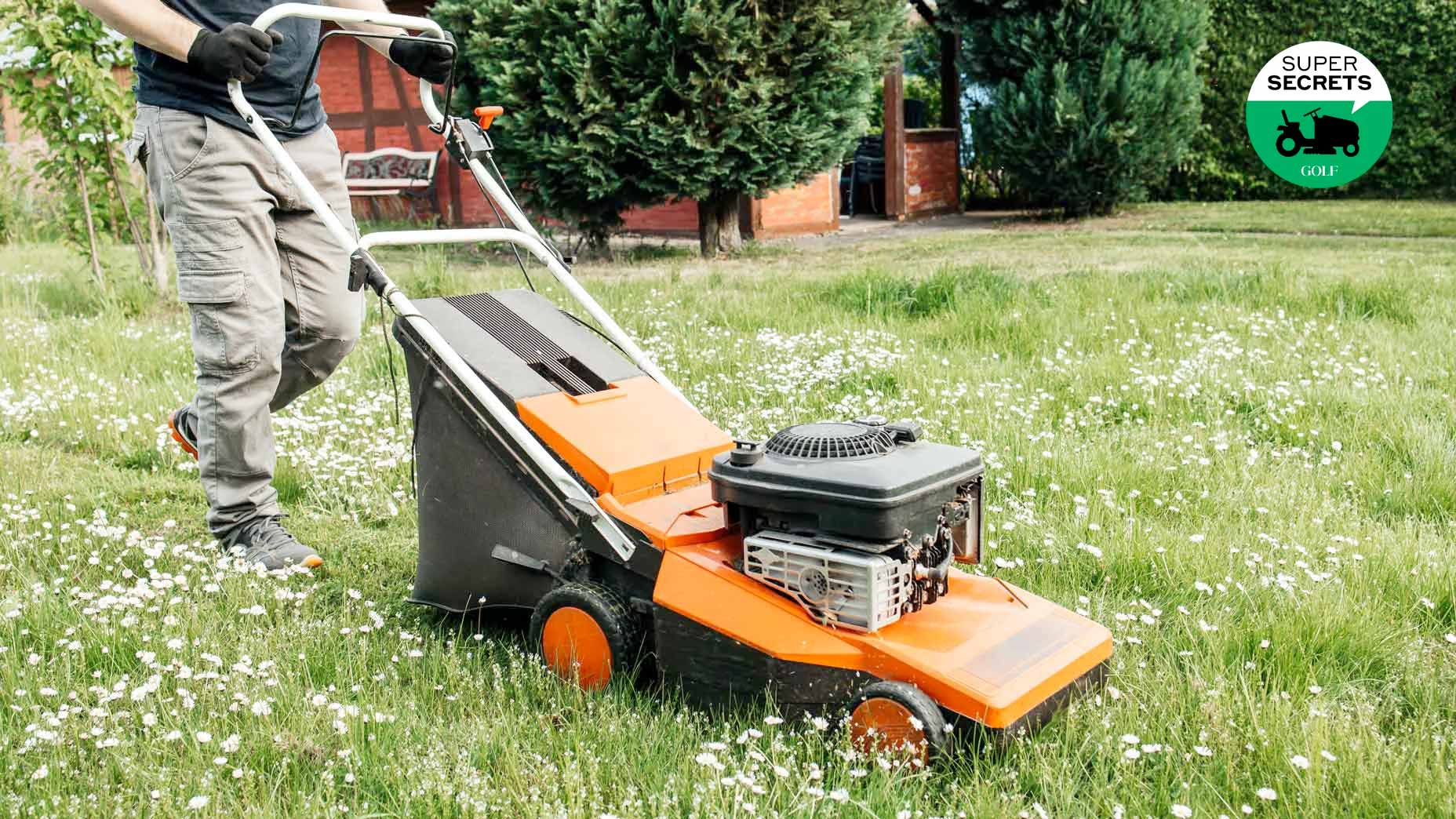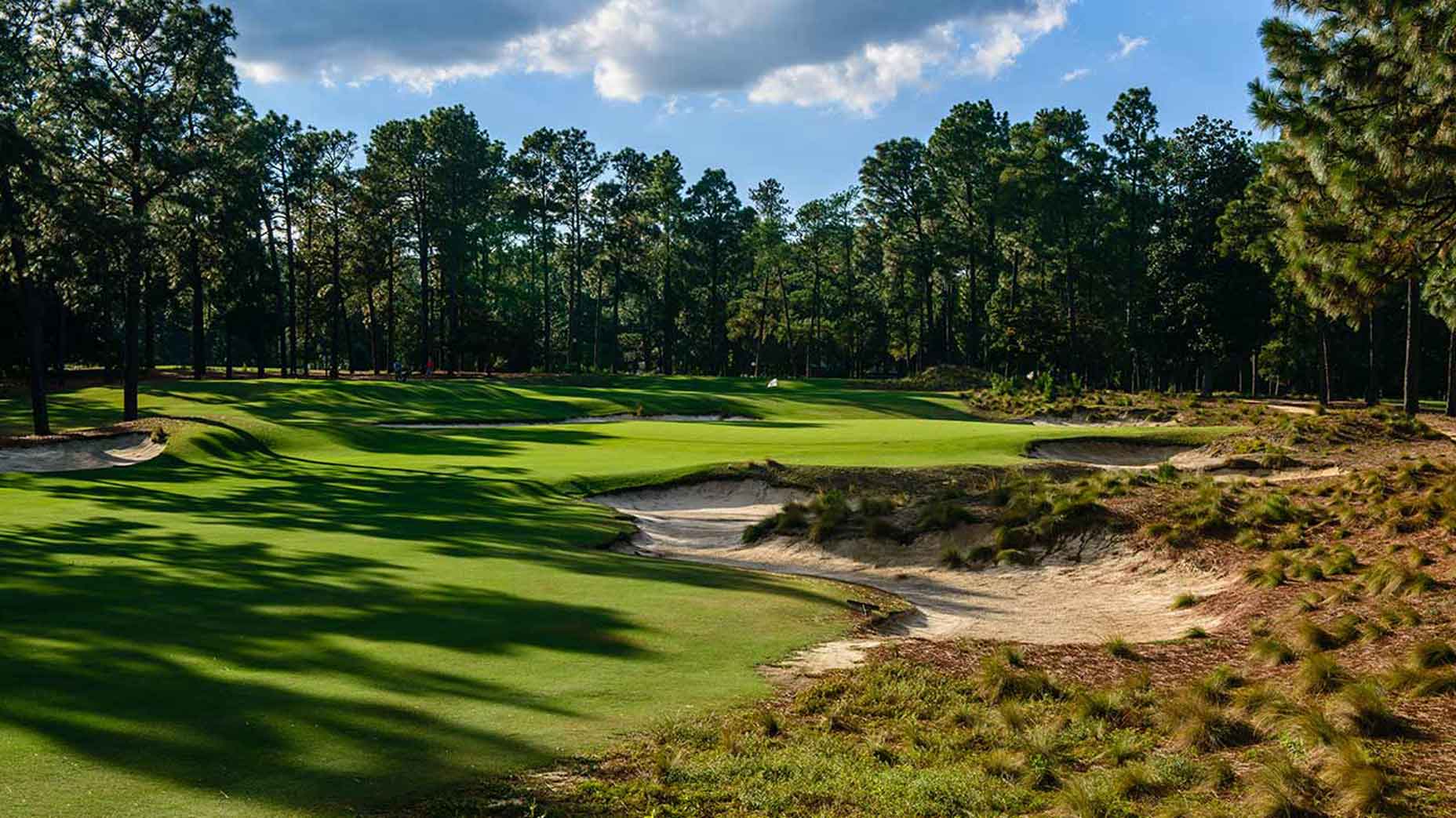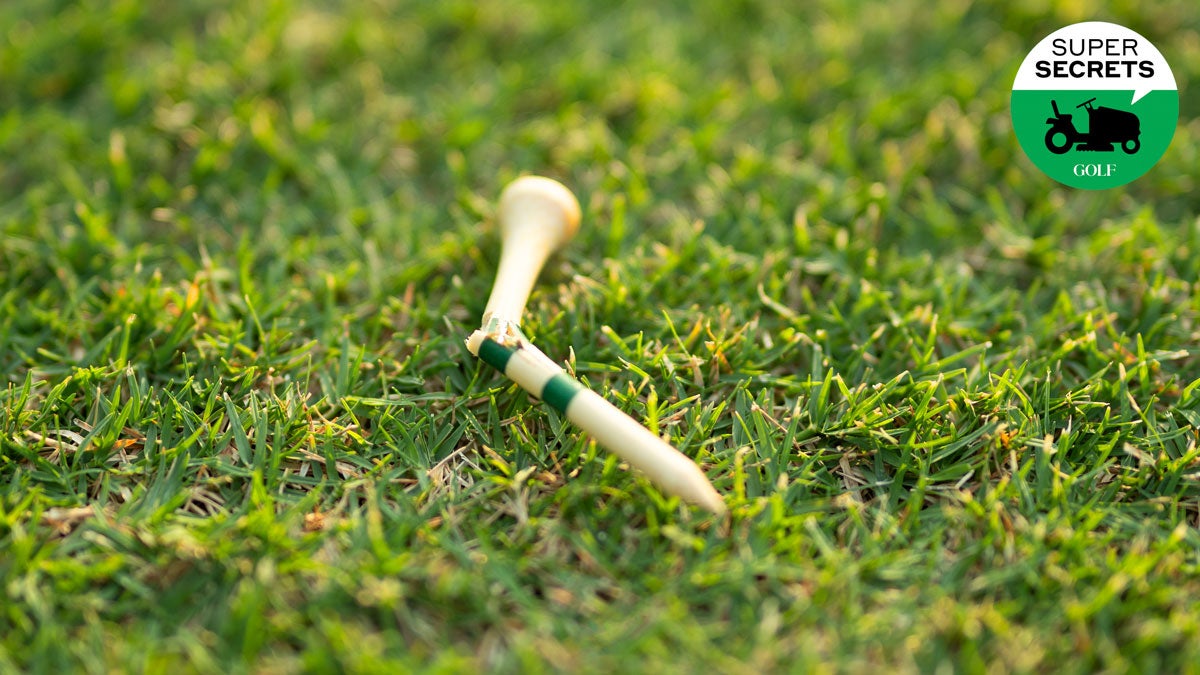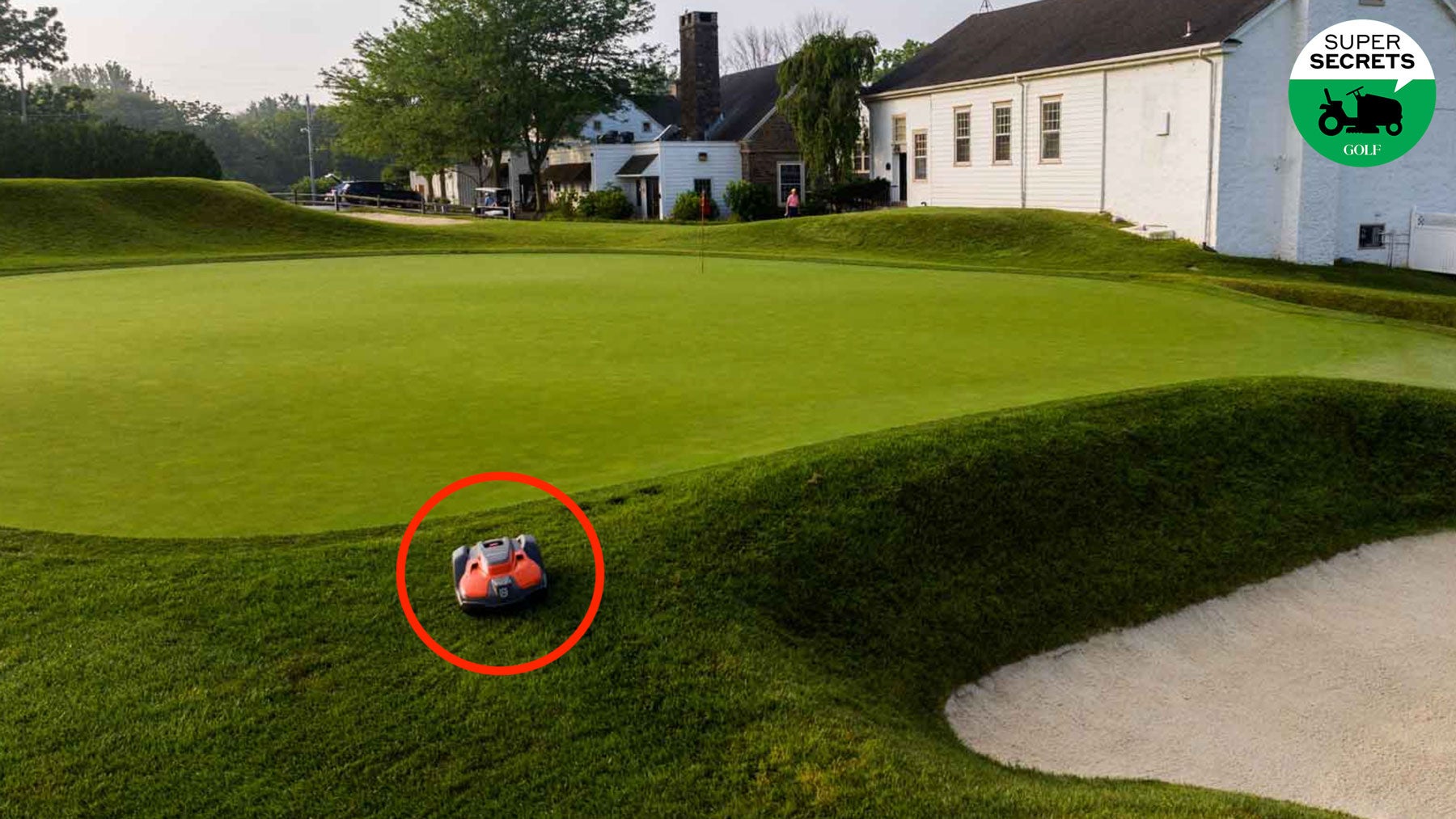A superintendent’s workday starts before sunrise and ends after dark, with little letup throughout the year. Just because no one’s playing doesn’t mean there isn’t more to do.
That’s true in the off-season. It’s also the case during course renovations and new construction, as we’ve seen while tracking the latest developments at Sand Valley Golf Resort.
The multi-course destination in central Wisconsin is moving toward completion of its third 18-holer, Sedge Valley (that’s not counting the semi-private Lido, just across the road, which grants limited tee times to Sand Valley guests) a heathland-inspired Tom Doak design that is slated to open this summer, maybe sooner.
The holes at Sedge Valley have all been grassed. It’s now all about fine-tuning, a responsibility that doesn’t fall solely on Doak and his team. Sam Weber, Sedge Valley’s super, also plays a crucial part, helping to dial in bunker edges, walking paths, mowing heights and more — the nitty-gritty details that everyday golfers often take for granted. A course can only play as the architect intended if it is presented in the proper manner; design and maintenance are tightly intertwined.
With that in mind, while updating our coverage of Sedge Valley with the video above, we asked Weber about the role that he and his crew are playing in the months leading up to the ribbon-cutting, what golfers can expect in the way of contours and conditions, and why they should take care not to hit it in the sedge.










